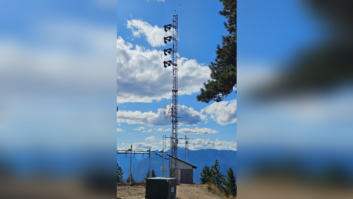NEW YORK � It�s interesting to draw a parallel between what is happening in broadcasting (the diminishment of the one-to-many model) with what appears to be going on in the cellular industry.� Let�s refer to the large cell sites that we�ve become accustomed to seeing as �macrocells.�� AT&T, for one, is trying to move away from that model, so that they can keep up with the evolution of technology.�
�AT&T is looking to alternative infrastructure partners as it continues to play hardball with traditional tower companies. And existing macrocell partners that are unwilling to consider new business arrangements risk being left behind,� according to fiercewireless.com.� �AT&T has moved aggressively over the last year to renegotiate terms with tower companies to cut costs in an increasingly competitive wireless market.�
�Last year we said we believe the tower model is unsustainable,� said Bill Hogg, AT&T�s president of technology operations, during a recent investor�s conference. �And I think if you look at the competitive wireless environment right now, there�s intense price pressure,…that amplifies the fact that the tower model is not really sustainable,� quoted from the same article.
This is not just talk or conjecture.� Boingo Wirelessrecently reported that all three segments of its business�distributed antenna systems (DAS), wholesale Wi-Fi and military bases�are growing revenue more than 35% compared to just a year ago, also according to fiercewireless.com.�
All four major U.S. wireless carriers are �knocking on its doors for the indoor venues it can offer.�
Boingo delivered one of the largest venue acquisition quarters in its history with the signing of 17 new DAS venues in the first quarter of this year, including�five Hawaiian airports, the new Transbay Transit Center in�San Francisco�and nine PATH stations in�New York.
�












